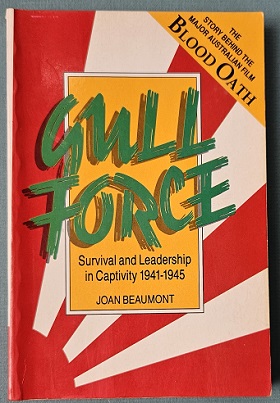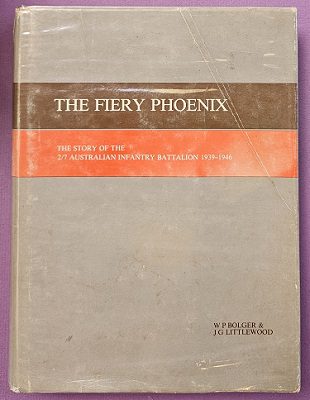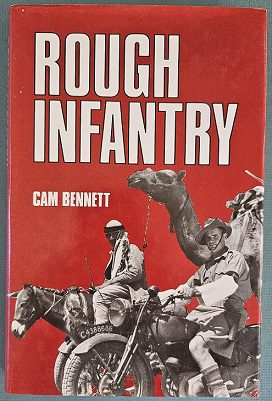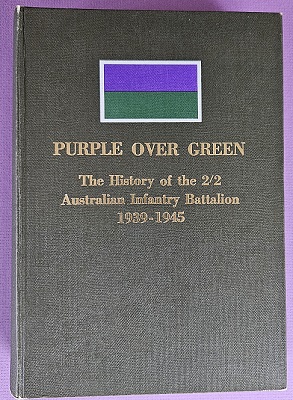Description
Title: Gull Force – Survival and Leadership in Captivity 1941 – 1945
Author: Beaumont, Joan
Condition: Near Mint
Edition: 2nd Edition
Publication Date: 1990
ISBN: 0043020089
Cover: Soft Cover without Dust Jacket – 270 pages
Comments: The history of the 2/21st Battalion (Gull Force) in captivity from 1941 to 1945.
The 2/21st Infantry Battalion, part of the 23rd Brigade of the 8th Division, began assembling at Trawool in central Victoria on 11 July 1940. Approximately half the recruits were from Melbourne and the rest from rural Victoria. Training was conducted at Trawool until 23 September when the battalion began to move to Bonegilla, near Wodonga on the New South Wales–Victoria border. It made the 235 km journey on foot, arriving on 4 October. Training soon resumed and occupied the battalion until it commenced another move on 23 March 1941 for Darwin in the Northern Territory. It had been earmarked to reinforce Dutch troops on the island of Ambon in the event of a Japanese attack. Although military sense dictated the battalion should be deployed as early as possible, to prepare defences and train in the conditions in which it would fight, it was thought a premature deployment may provoke Japanese action. Thus, the battalion would be held in Darwin until Japan’s intentions were clear.
The 2/21st began arriving at Darwin on 9 April. Its nine-month stay was not a happy one and the primitive amenities, isolation, and mundane garrison duties lowered morale. Operational training continued but was impeded by a shortage of equipment, supplies, and ammunition, as well as the demands of other duties. On 8 December news of long-expected Japanese attacks arrived and five days later the battalion was on its way to Ambon to join elements of the 18th Anti-tank Battery, 2/11th Field Company, 2/12th Field Ambulance, and other supporting troops to form “Gull Force”. The commanding officer of the 2/21st, Lieutenant Colonel Leonard Roach, despaired at the situation facing the battalion: cooperation with the Dutch forces was difficult; transport, air and artillery support, and reserves of rations and ammunition were limited; and the combined Australian and Dutch force, numbering 3,700 troops, was likely to be overwhelmed by the larger Japanese force. After a series of messages urging reinforcement, Roach signalled that the defence of Ambon was untenable. He was subsequently removed from command and replaced by Lieutenant Colonel William Scott.
On the eve of invasion, Scott relocated many of the defensive positions, leaving the battalion even less prepared for the Japanese invasion. Three battalions of Japanese infantry and a battalion of marines landed on the night of 30 January 1942. Within 24 hours the Dutch forces surrendered, and Roach’s dire prediction ultimately came to pass. Despite instances of brave, determined resistance, the 2/21st could not hold back the Japanese. On 2 February B and C Companies were massacred around Laha Airfield. The remainder of the battalion surrendered on 3 February and were imprisoned at their former barracks on Tan Tui.
Conditions for the prisoners on Ambon were harsh and they suffered the highest death rate of any Australian prisoners of war. A contributing factor was the transfer of all but a small number of medical personnel to Hainan Island on 25 October 1942. Following the end of the Second World War surviving members of the 2/21st began evacuating on 10 September 1945 and those on Hainan began two days later. The 2/21st was formally disbanded later that year.





